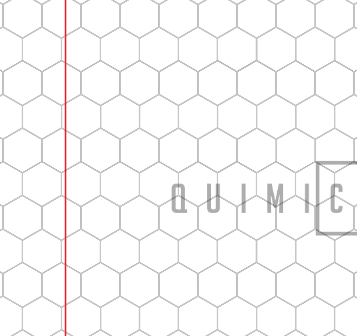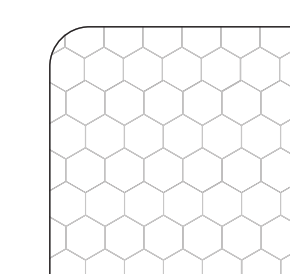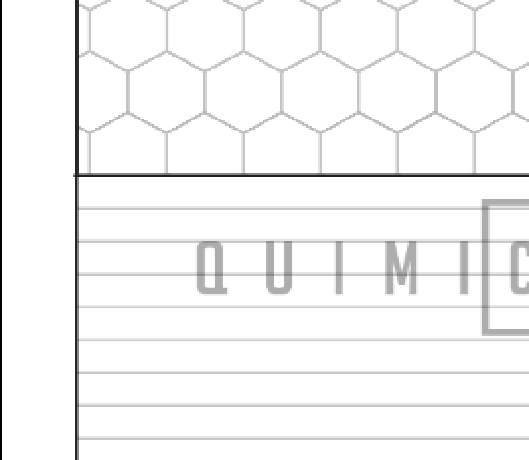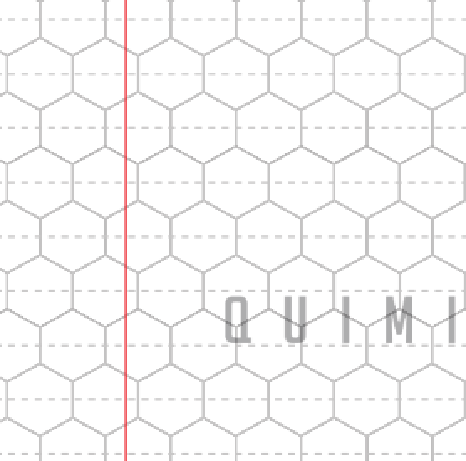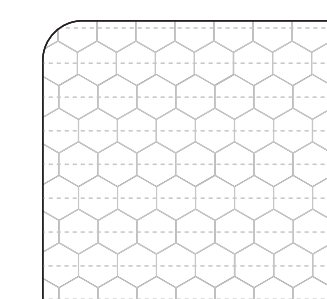Tiempo de lectura estimado: 6 minutos
One of the great branches of chemistry is organic chemistry, and within it the study of aromatic compounds is one of the most extensive fields.
Aromatic compounds
Aromatic compounds are those chemical compounds (most commonly organic) that contain one or more rings with delocalized pi electrons around them. Unlike compounds that exhibit aromaticity, aliphatic compounds lack this delocalization.
The term «aromatic» was assigned before the physical mechanism that determines aromaticity was discovered, and simply referred to the fact that many of these compounds have a sweet or pleasant odor; however, not all aromatic compounds have a sweet odor, and not all compounds with a sweet odor are aromatic compounds.
Aromatic hydrocarbons, or arenes, are aromatic organic compounds containing only carbon and hydrogen atoms. The configuration of six carbon atoms in aromatic compounds is called the «benzene ring», after the simple aromatic compound benzene, or phenyl group when it is part of a larger compound.
Kekule model
Benzene, C6H6, is the least complex aromatic hydrocarbon, and was the first to be named as such. The nature of its bond was first recognized by August Kekulé in the 19th century. Each carbon atom in the hexagonal cycle has four electrons to share.
One goes to the hydrogen atom and one to each of two neighboring carbons. This leaves one electron to share with one of the two neighboring carbon atoms, thus creating a double bond with one carbon and leaving a single bond with the other, so some representations of the benzene molecule present it as a hexagon with alternating single and double bonds.
Other depictions of the structure show the hexagon with a circle inside it, to indicate that the six electrons are floating in delocalized molecular orbitals the size of the ring itself. This represents the equivalent nature of the six carbon-carbon bonds, all of bond order 1.5; the equivalence is explained by the resonance shapes. The electrons are visualized as floating above and below the ring, and the electromagnetic fields they generate act to keep the ring flat.
Writing organic reactions
When starting down the path of studying organic chemistry sooner or later we are going to start drawing benzenes, lots of benzenes, and for most people it is not a simple task, however, it is possible to have a little help by employing an organic chemistry notebook, however, sometimes they are not readily available. For this reason, quimicafacil.net makes available for free organic chemistry notebook sheet formats.
The available files consist of hexagonal paper formats that can be printed on any type of printer, although we recommend printing using laser technology for better definition and durability of the print. Some formats have margins to facilitate organization and writing. These hexagonal paper graphic formats can be printed and bound or bound to create your own personalized organic chemistry notebook.
The development of these files considered the most common sheet sizes used at school, university and laboratory. The layout formats for grids, lines and hexagonal layouts were also used. Below, you will find the description of each of the formats offered in 5 sizes (A4 size, legal size, letter, large notebook size and small notebook size).
The formats are compressed in zip format. We recommend the 7zip program for decompression, which is free software with GNU LGPL license. It can be downloaded at the following link
Download links
Hexagonal paper with left margin
This format consists of a hexagonal grid over the entire surface of the page. A margin on the left side allows you to estimate from where you can write. It is ideal for printing and filing in a 3-ring binder.
Organic chemistry lab notebook sheets – left margin (8561 descargas )Hexagonal paper format with margins
Format consisting of hexagonal lattice and rounded margins, similar to school notebooks. Ideal for printing and subsequent binding or binding.
Organic chemistry lab notebook sheets – Margins (8388 descargas )Hexagonal paper with margins – Grid
This hexagonal paper format consists of a hexagonal lattice top and a standard size grid on the bottom. This design is ideal for writing reactions on the top and on the bottom for taking notes, making calculations or drawing lab setups.
Organic chemistry lab notebook sheets – grid (2103 descargas )Format with hexagonal margins – lines
Paper format consisting of a hexagonal lattice top and a striped bottom section. This design is ideal for writing reactions on the top and on the bottom for taking notes, making calculations or drawing laboratory setups.
Hexagonal paper with intermediate line
Although hexagonal paper is ideal for organic chemistry sheets, it is sometimes difficult to write on them due to the lack of a guide line. To overcome this problem we have developed a new and novel format for use in organic chemistry notebooks that adds a dotted line in the middle of the hexagons. This line allows you to draw arrows and other organic structures with ease.
Organic chemistry lab notebooking sheets – Central line (2332 descargas )Hexagonal format with margins and middle line
Like the previous hexagonal paper format, a dotted middle line was added to facilitate the writing of reactions and annotations. It has a rounded margin for neat and clean writing.
Organic chemistry lab notebook sheets – margins central line (2329 descargas )If there are any comments or problems with the files or any suggestions about the formats you can write to us at administracion@quimicafacil.net.
Como citar este artículo:
APA: (2022-02-05). Hexagonal paper – Organic Chemistry Notebook. Recuperado de https://quimicafacil.net/varios/hexagonal-paper-organic-chemistry-notebook/
ACS: . Hexagonal paper – Organic Chemistry Notebook. https://quimicafacil.net/varios/hexagonal-paper-organic-chemistry-notebook/. Fecha de consulta 2026-01-03.
IEEE: , "Hexagonal paper – Organic Chemistry Notebook," https://quimicafacil.net/varios/hexagonal-paper-organic-chemistry-notebook/, fecha de consulta 2026-01-03.
Vancouver: . Hexagonal paper – Organic Chemistry Notebook. [Internet]. 2022-02-05 [citado 2026-01-03]. Disponible en: https://quimicafacil.net/varios/hexagonal-paper-organic-chemistry-notebook/.
MLA: . "Hexagonal paper – Organic Chemistry Notebook." https://quimicafacil.net/varios/hexagonal-paper-organic-chemistry-notebook/. 2022-02-05. Web.
Si tiene alguna pregunta o sugerencia, escribe a administracion@quimicafacil.net, o visita Como citar quimicafacil.net
